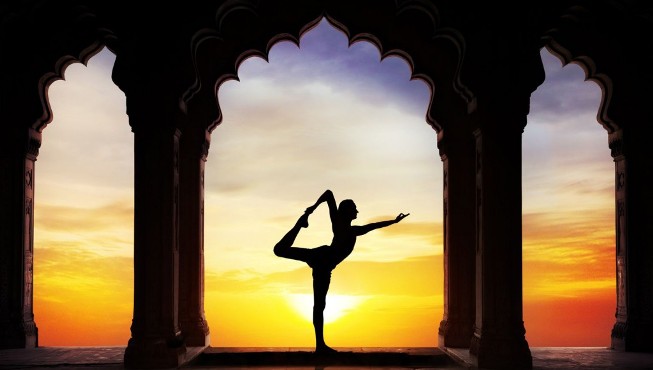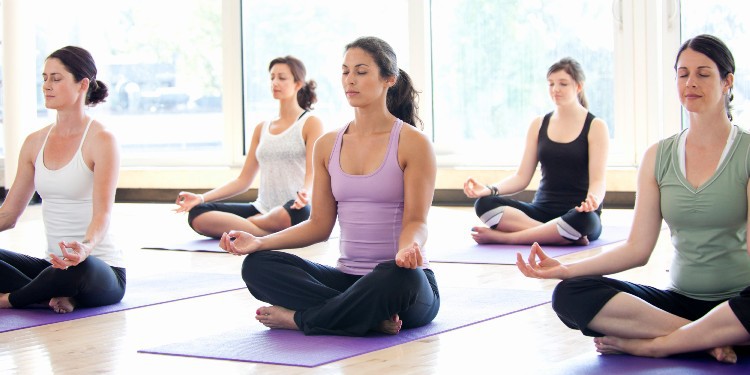In the last year, I’ve gotten much more into yoga having tried Bikram, power and vinyasa flow yoga. There is a yoga for everything including a new craze called “Broga”. Yes, I’m serious.
And while I love each yoga class for the physical strength I build and the ease of mind I achieve at the end, I can’t help but feel frustrated every time my instructor ends class with the mispronounced “nAM-ass-stay”.
How can I practice yoga with someone who wears shoes in front of a Ganesha idol and can’t pronounce any of the asanas? And I can’t help but think that the Lululemon-wearing girl next to me is perhaps the same girl who commented on the “smelly” lunch my mom packed me for in middle school.

Yoga is not about $100 yoga pants that make your butt look good. And while yoga has roots in my religion, Hinduism, it has been rebranded over and over again and is largely secular now. I have no problem with yoga being open to those of all beliefs. Hinduism is an open and non-judgmental faith.
But what I do have a problem with is everyone’s lack of knowledge of the roots of their practice. I have a problem with my Gods being plastered on everything “hippie”. There is literally a huge Ganesha tapestry at my local thrift store. The practice, savvy marketers have claimed, is “a spiritual path but not a religious one” – all in an attempt to assuage the committed Christian who wants to hang on to Jesus while doing the surya namaskara (obeisance to the sun).
I don’t expect yoga to preach Hinduism but the world needs a little schooling. Dr. Aseem Shukla of the Hindu American Foundation states that Hinduism had become a victim of “overt intellectual property theft, made possible by yoga teachers who had offered up a religion’s spiritual wealth at the altar of crass commercialism.”

There, having the mind actively focused upon a single point, with thought and sense activity controlled, sitting on a seat, one should practice yoga for purification of the self. With an aligned body, head, and neck-keeping these steady, without movement. Focusing the vision toward the tip of one’s nose without looking about in any direction.
-Bhagavad Gita 6.12-13
The Vedas emphasized the dhyana (mental) aspect of yoga as the most important aspect, as opposed to the asana (physical) component. By focusing on one’s breathing, one can stay in the present and relieve themselves of outside influences both negative and positive. This kind of meditation is central to Hinduism.
Yoga has incredible health benefits. But simply throwing around “Om” cannot suddenly make you a more peaceful person if you do not understand the divinity of the word. Western adaptations of the ancient tradition such as Broga are welcome by me as long as it is accompanied by consciousness and respect for the true roots of the practice.
Related:
To Be or Not To Bindi

 Aria Srinivasan
Aria Srinivasan





